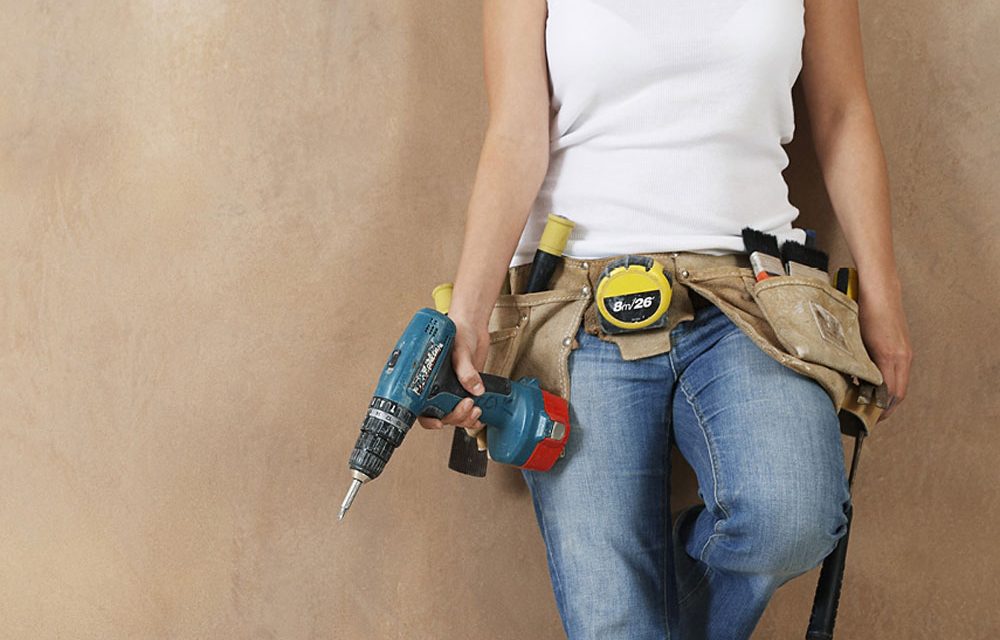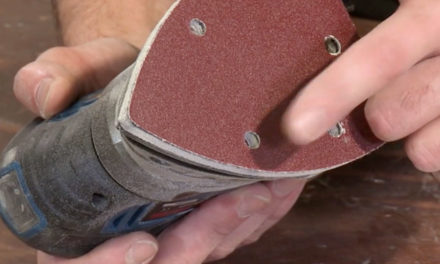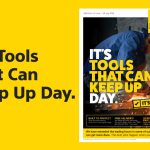Here’s how to use your cordless drill to its full potential.
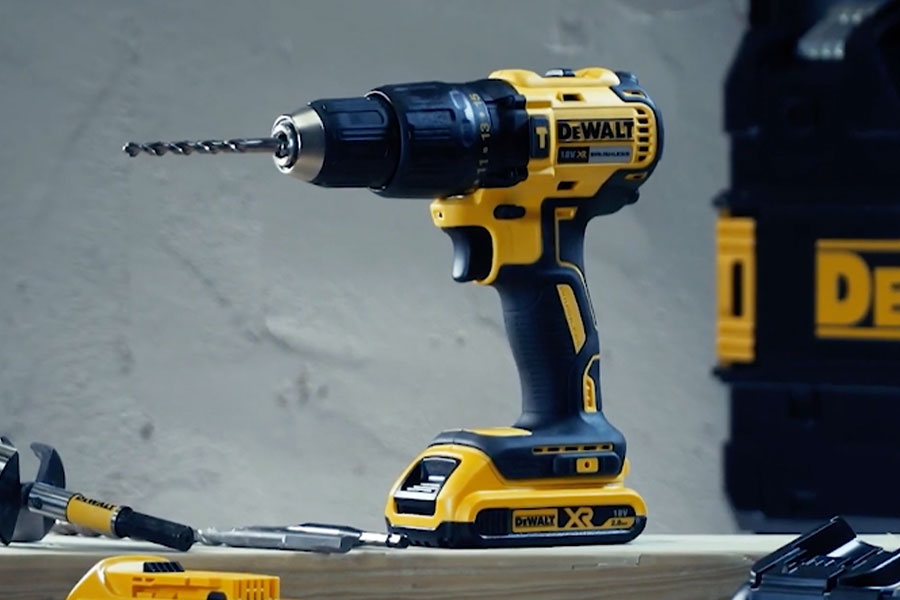
Get to know your drill
Cordless drills run on rechargeable batteries. Make sure you know how to remove and insert the batteries, and how to operate the battery charger. Check whether the battery can be left to trickle-charge for hours, or whether it has a fixed recharge time.
Next, read the instructions. These will tell you how to select the following:
- Forward and reverse gears.
- The correct speed setting for drilling, screwdriving and – if the drill has the option – hammer action for making holes in masonry walls.
- The correct torque setting, which enables you to apply the optimum turning force when driving screws into a variety of different materials.
- Many drills come with a carry case. Keep the drill in it when you are not using it. If you do not have a case, buy one. Take your drill into the store with you to test its fit before you buy a case.
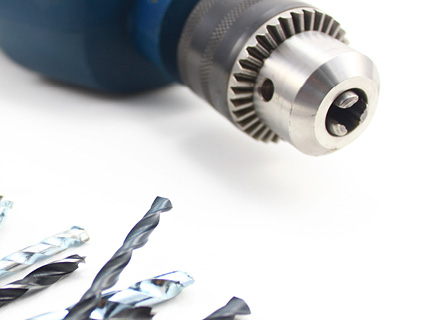
Fitting drill bits
Select the right type of drill bit for the job you are doing.
1. Open the chuck by twisting the knurled ring and fit the end of the drill bit inside it.
2. Tighten the chuck by hand until the bit is firmly seated, and then secure it properly with the key. Select forward gear and the drilling or hammerdrilling option, and you are ready to start work. For chucks that need to be tightened with a chuck key, locate the key in one of the holes in the side of the chuck, and rotate the key until the chuck is firmly closed. Repeat for all three holes.
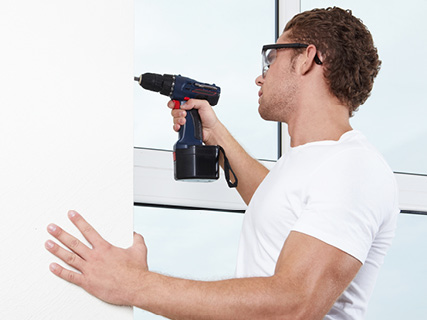
Drilling freehand
Most people drill holes by simply pointing the drill at the surface and squeezing the trigger. With very few exceptions, drilled holes have to be at 90° to the surface.
- If you have a good eye, check from two angles against known verticals and horizontals, such as a window frame top and sides, that you are holding the drill at more or less the right angle. This is good enough for many drilling jobs.
- If you want to check the angle more accurately, hold the drill in position and set a try square against the surface you are drilling into. The drill bit should be parallel with the metal blade of the try square.
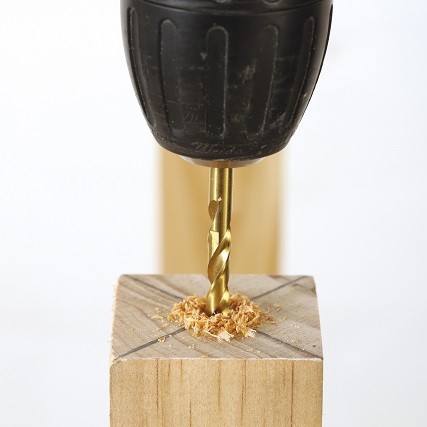
Drilling small holes in metal or wood
Fit a twist drill bit of the required diameter and select the drilling setting on the drill.
- Secure the workpiece on your workbench, with some scrap wood underneath if you are drilling a hole right through it. This prevents you from damaging your bench surface, and also guarantees a clean exit hole through the other side of the workpiece.
- Hold the drill tip at the mark and check that you are holding it at right angles to the surface. Drill the hole through the workpiece and on into the scrap wood. Withdraw the drill bit while it is still running so that it does not jam in the hole.
Top tip: When drilling through thick metal, build a little dam around the drill bit with putty and fill it with cutting oil – it will keep the tip of the bit well supplied with oil and cooler!
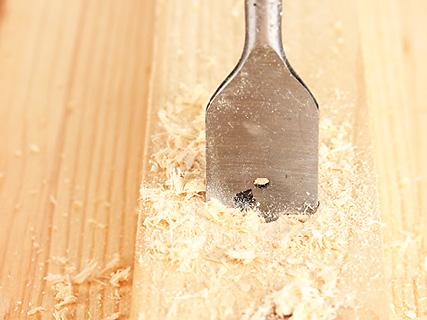
Drilling large holes in wood
Fit a flat wood bit of the required size and select the drilling setting on the drill (a main power drill is best for larger holes).
- Secure the workpiece on the bench with scrap wood beneath it.
- Position the lead point of the drill bit at the mark and start drilling. As the cutting blades begin to bite and cut the hole, they will cut evenly if you are holding the drill upright. Drill on into the scrap wood, which will guarantee a clean exit hole through the other side of the workpiece. Alternatively, clamp the wood so the drill can emerge from the underside into free air. Drill the hole until the lead point just penetrates the wood. Turn it over, locate the lead point in the hole and drill out the rest of the hole. This will reduce the risk of leaving a rough exit hole. Use this technique for jobs such as fitting a cylinder lock to a front door.
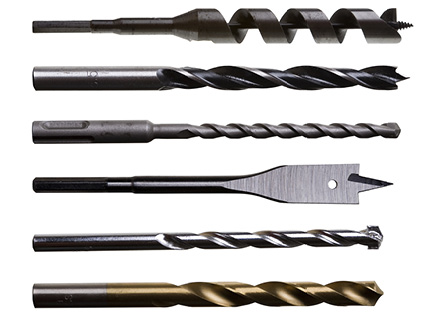
Drill bit varieties
Apart from the basic selection of drill bits, you may need to buy others for specific DIY jobs. Long twist drills are available in lengths of up to 165 mm (and 8 mm in diameter). They are used for making holes in thick components such as timberframed partition walls.
Reduced-shank drills are available in diameters up to 20 mm (most standard twist drills go up to 10 or 13 mm only). They have 13 mm diameter shanks to fit the maximum chuck size on most cordless drills.

